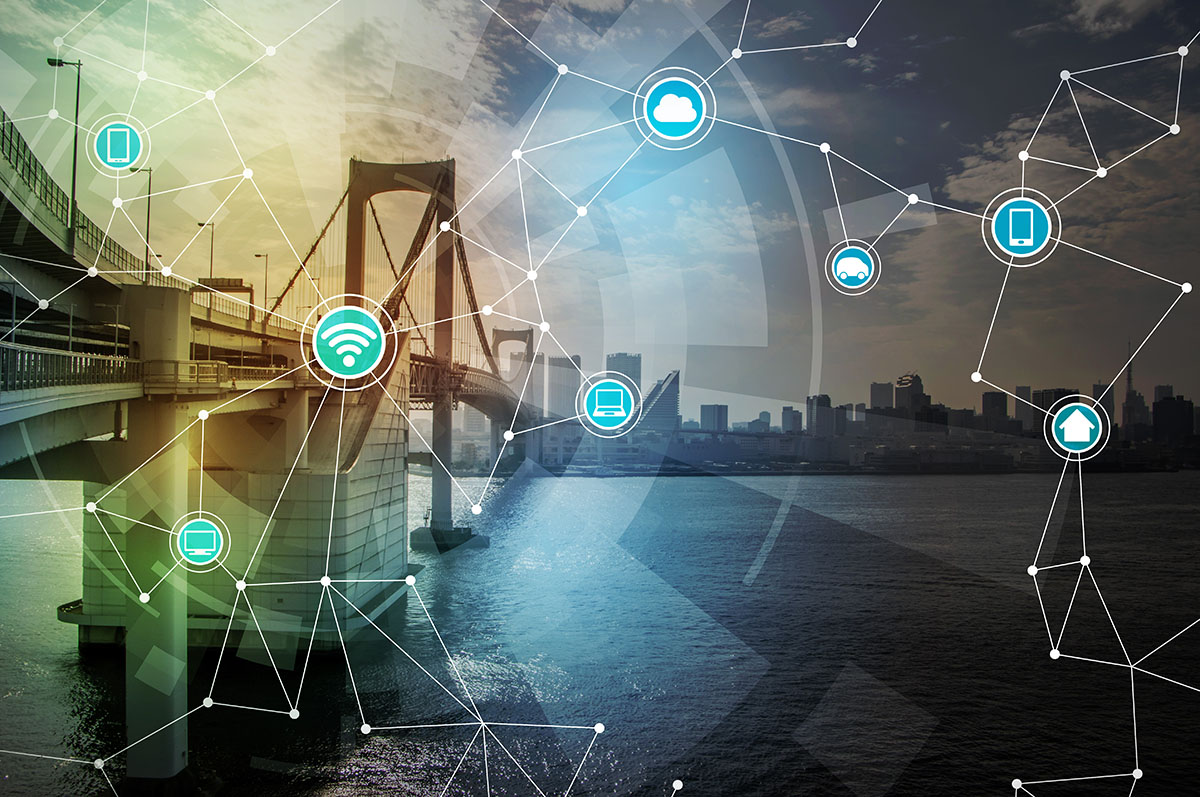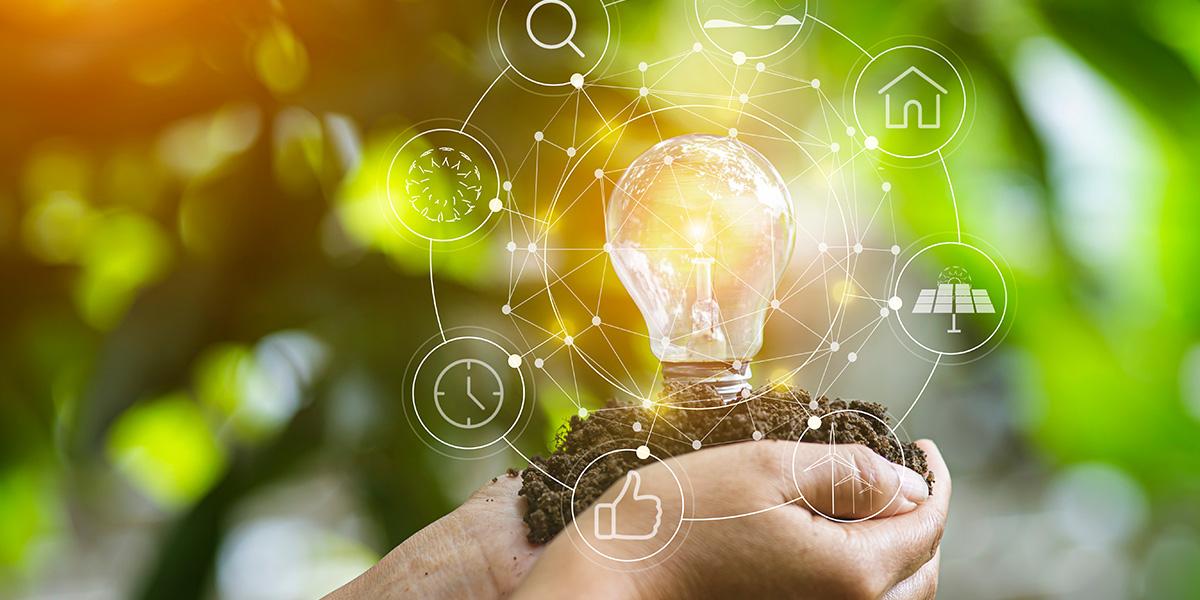Future of Electric Power Realized by Energy Harvesting
The realization of carbon neutrality that balances the amount of greenhouse gases emitted and absorbed; the use of solar power, wind power, and other renewable energies; various energy-saving measures—starting with the global movement to curb climate change, energy issues are being solved at a bewildering speed. These days, with the advance of digital transformation using AI, IoT, and other technologies regarding energy measures, it is no exaggeration to say that a paradigm shift is underway regarding the resolution of energy and environmental problems.
A technology called "energy harvesting" is newly attracting attention in this energy field. Harvesting is just that. It refers to a technology that "harvests" tiny amounts of energy from the surrounding environment and then converts it into electric power using voltage materials, modules, and sensors. It is also referred to as "environmental power generation." This technology has two main advantages. The first, of course, is that it produces electric power from sunlight, vibrations, and other elements, which means that it is environmentally friendly. The second is proximity to energy source.
For example, let's say you want to install an IoT device to detect landslide disasters deep in the mountains and operate it continuously. It would be difficult to install electric power cables and other wiring due to the location. Furthermore, maintenance and costs would be an issue if you used batteries. However, by using energy harvesting to harvest energy from the surrounding environment, the device itself can produce electric power in places where wiring is difficult, allowing for operation of the IoT device semi-permanently.

Converting Various Types of Energy in the Environment into Electric Power
Let's look at some of leading examples of how energy is harvested from the environment in energy harvesting.
Vibrations
Energy is extracted from the movement of objects such as vibrations or impacts. Specific examples include vibrations in roads on which cars drive and rails on which trains run. A familiar example is automatic faucets used in restroom wash areas and kitchens. It is possible to produce electric power by using the flow of water.
Living Things
Living things are also a source of energy. An electronic components company has started developing technology to generate power from sap. This is a mechanism whereby tiny amounts of electric power created by the reaction between water (xylem sap) passing through the plant conduit and electrodes is stored. Moreover, efforts are also progressing to convert into electric power tiny amounts of electrons emitted when microbes living in rice fields decompose the organic matter of feed.
Heat
It is also possible to produce electric power using heat. This includes heat emitted from motors, engines, and other parts of machines and automobiles; heat generated when draining water from buildings and factories; and heat from hot springs.
Human Body
Technological development is underway to generate power from sweat and the heartbeat in addition to forms of exercise such as running and cycling.
One issue with energy harvesting is that the amount of power generated is not that large, as only minute amounts of energy are collected. Nevertheless, considerable attention is being given to environment-derived energy, and it is expected to be applied to various fields.
For instance, electric vehicles that run on the power that they generate are expected to be developed for the mobility field. This will be achieved by converting into electric power the energy of heat, vibrations, and other elements of motors while traveling. That energy will then be charged to the battery. There is also demand for this technology in the area of IoT devices connected to security systems that need to be operated 24 hours a day and in the area of medical and nursing care facilities, where the continuous operation of equipment such as artificial respirators needs to be ensured even during a power outage.
How will energy harvesting permeate society in the future? What impact will it have on global climate change countermeasures? We will continue to keep an eye on the evolution of energy harvesting.
Other Links
- Video Library: Small Lithium Ion Battery "CT04120 Tutorial 3-(1)-Application Examples: Energy Harvesting"
- Energy Harvesting and Wireless Sensor Networks
Related articles
- Supporting Decarbonization with “Underwater CO2 Sensor” and “Lightweight Heat Transfer Material Employing Biomass Materials”
- Battery Management Systems (BMSs) Monitor the Charging/Discharging and Thermal Management Status to Improve Safety and Efficiency and to Support Battery Utilization
- What Are the Conditions for Increasing the Efficiency of Power Conversion and Motor Drives and for Expanding the Use of SiC and GaN Power Semiconductors?

